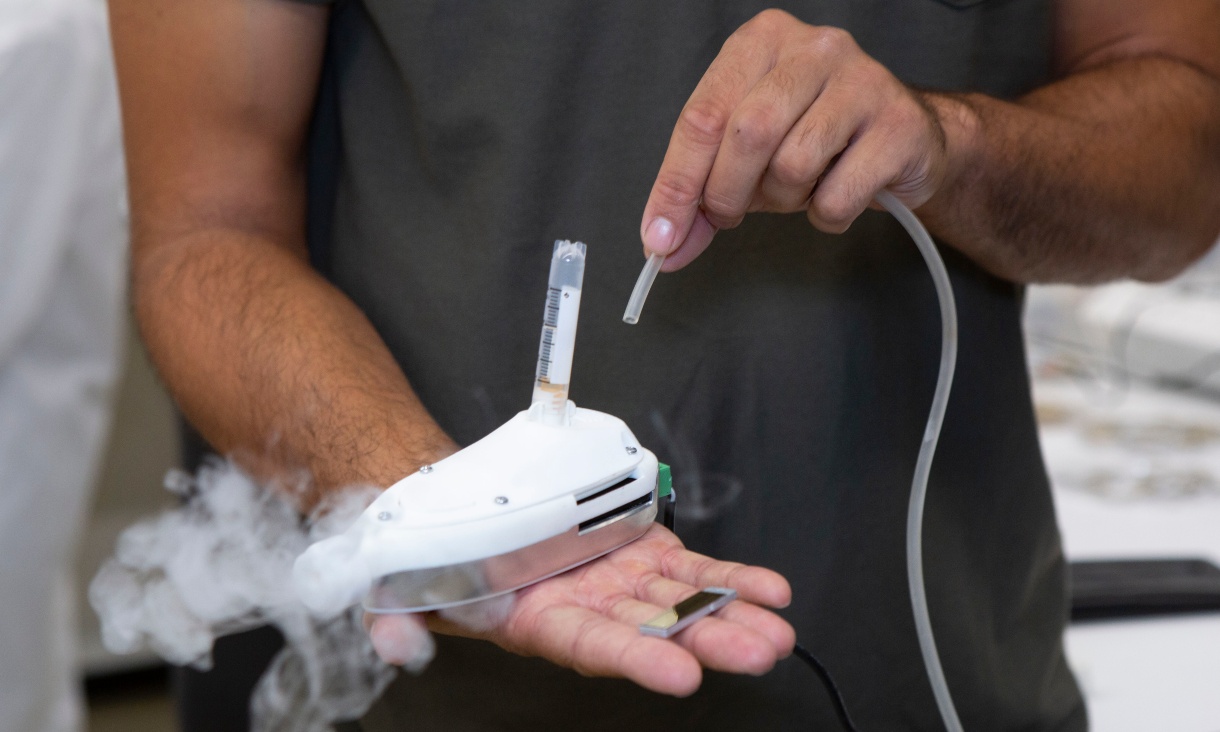
Researchers have revealed how high-frequency sound waves can be used to build new materials, make smart nanoparticles and even deliver drugs to the lungs for painless, needle-free vaccinations.
While sound waves have been part of science and medicine for decades — ultrasound was first used for clinical imaging in 1942 and for driving chemical reactions in the 1980s — the technologies have always relied on low frequencies.
Now researchers at RMIT University in Melbourne, Australia, have shown how high frequency sound waves could revolutionise the field of ultrasound-driven chemistry.
A new review published in Advanced Science reveals the bizarre effects of these sound w...
Read More






Recent Comments